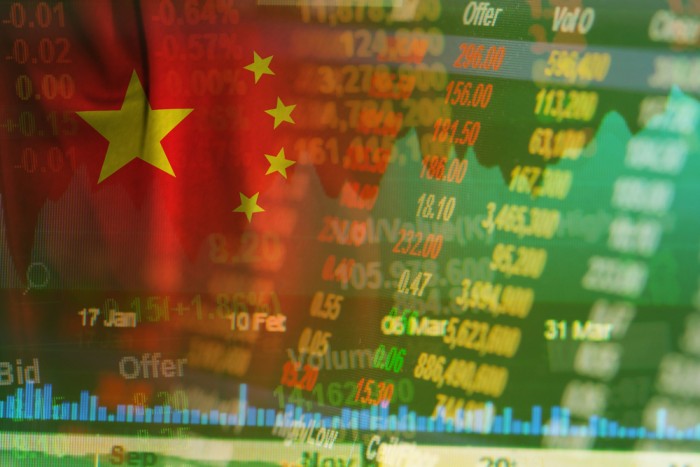
As the FinTech industry heats up in the U.S., there’s one particular country that’s setting the pace for the financial tech world: China and its Internet companies.
As profiled in a Wall Street Journal article, the Chinese tech scene has transformed the digital payment space in a way that has made smartphones the mainstream way to pay for electronic transactions. What China’s market has formed is an innovative online financial scene that could be a good indication about how the rest of world will soon transact.
What’s been so unique about the Chinese market is how the smartphone has become synonymous with being a consumer’s wallet and financial management tool — and in some cases sans the credit card altogether. What consumers have, all at the tip of their fingertips, are ways to make transfers, get a loan, make an investment, hail a cab, order food, and pay for checks at restaurants — all at a level far more sophisticated and uniform than seen in the U.S.
The data prove that case. The latest data indicate that close to a fourth of China’s adult population has made an online payment. And as cited by WSJ, data provider Euromonitor International’s projections have China’s mobile payments market totaling $213 billion in 2015 alone. That’s roughly 50 billion higher than the U.S. It does help to have Alipay as an option; the product from Alibaba’s financial arm, Alipay, has 400 million users.
“These numbers are phenomenal when compared to other payment providers that operate globally,” Ng Zhi Ying of Forrester Research Inc. told The Journal.
While China’s Internet companies push consumers toward having online-only bank accounts that are intended for smartphones, the P2P lending market is also heating up. Morgan Stanley’s projections peg this market to be worth $33.2 billion in loans in 2015, which is 43 percent more than in the U.S. That figure is poised to triple, according to the estimates.
“In China, you see a lot of stuff happening for the first time over the mobile and Internet platforms,” Tim Pagett, financial-services industry leader at Deloitte China, told The Journal. “China is far ahead of the rest of the world.”
The rising trend of online finance providers have come into play in large part because of the lack of services that traditional banks have been able to provide this tech-driven population. Specifically when it comes to managing money and investments. Banks have also been held back by government regulations. For now, much of the population views traditional banks as simply a vessel for storing savings.
That’s where Tencent and Alibaba affiliate Ant Financial have come in to serve the gap with online-only banks, which have only recently taken shape after facing heavy government oversight. These Internet giants have also attempted to innovate the banking space by enabling consumers to activate accounts using facial recognition software.
But that’s going to need regulatory approval, too — which isn’t an easy feat.
“I can understand that regulators are very cautious,” Jason Lu, who leads fraud risk management at Ant Financial Services Group, told The Journal. “This is a very, very important milestone, we are pushing technology into financial services, which is the most heavily secure, sensitive area.”
Still, China’s Internet giants have introduced technology that’s advanced far beyond the FinTech scene in the U.S.